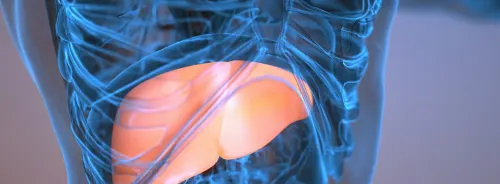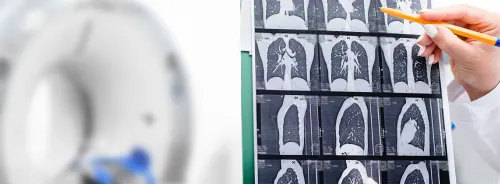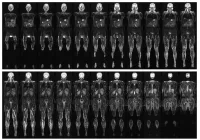Postpartum haemorrhage (PPH) is a major contributor to maternal morbidity and mortality worldwide. The ability to identify women at high risk of PPH prior to delivery can significantly improve maternal outcomes through better clinical planning and intervention. With the growing incidence of placenta accreta spectrum (PAS) disorders due to increasing caesarean deliveries and maternal age, precise risk prediction tools are urgently needed. A recent study compared multiple artificial intelligence (AI)-based approaches—radiomics, two-dimensional (2D) and three-dimensional (3D) deep learning (DL) and fusion models—using sagittal T2-weighted magnetic resonance imaging (MRI) to predict PPH risk.
Radiomics and Deep Learning Models
Radiomics and DL represent complementary strategies in image-based prediction. Radiomics relies on manual image segmentation and feature extraction, identifying shape, texture and intensity characteristics of tissues. In this study, 191 features were extracted from placental MRIs, narrowed down to 22 through rigorous selection techniques. Logistic regression models were trained using these features to predict PPH occurrence. Separately, 2D DL models focused on the largest placental cross-section and extracted 512 features compressed via principal component analysis (PCA). Similarly, 3D DL models leveraged the entire placental volume, capturing spatial complexities beyond the 2D approach. Features from both models were derived from ResNet18 architectures, pre-trained on external datasets and fine-tuned with training data.
Performance comparisons revealed that the 3D DL model consistently outperformed both the 2D DL and radiomics models. It achieved higher discriminatory power in distinguishing patients with and without PPH, demonstrated through t-SNE visualisations and heatmaps. The 3D DL model’s ability to analyse volumetric data likely provided a more holistic view of placental pathology relevant to PPH risk. Meanwhile, radiomics, despite capturing rich information, was hampered by high feature redundancy and lower correlation with PPH outcomes. The 2D DL model, though computationally simpler, lacked the depth required for accurate classification.
Fusion Strategies and Performance Evaluation
Two fusion strategies were evaluated to combine the strengths of individual models: early fusion and late fusion. Early fusion involved feature-level integration, merging outputs from radiomics, DL and clinical models into a unified vector. Late fusion adopted a decision-level approach, stacking probability outputs from each model to form a final prediction. The late-fusion model (DLRad_LF) demonstrated the highest predictive performance, with area under the curve (AUC) values of 0.955 and 0.898 in the training and validation cohorts, respectively.
Must Read: Enhancing Preeclampsia Detection with Deep Learning Radiomics
DLRad_LF also achieved the highest sensitivity and specificity across datasets, outperforming individual and early-fusion models. Calibration and decision curve analyses further validated its reliability and clinical utility. Importantly, subgroup analysis confirmed that the presence or absence of placenta previa or PAS did not significantly affect model accuracy, reinforcing the robustness of the late-fusion approach. The combination of radiomics’ handcrafted features and DL’s automatically learned features yielded superior results, particularly when integrated through decision-level stacking.
Implications and Limitations
This study underscores the value of fusion modelling in medical imaging, especially for complex obstetric conditions like PPH. While previous research has explored radiomics or 2D DL models in isolation, this multicentre analysis advances the field by integrating multimodal data and systematically comparing fusion methods. Notably, the study demonstrates that 3D DL contributes substantial diagnostic power and that decision-level fusion maximises predictive performance. These insights could inform clinical workflows by providing reliable risk assessments based on routinely acquired MRI data.
Nevertheless, the study has several limitations. Despite its multicentre design, the dataset remains relatively limited and prospective validation is needed to confirm generalisability. The reliance on sagittal T2-weighted imaging alone may exclude valuable information from other imaging planes or sequences. Additionally, only caesarean deliveries were included, restricting applicability to broader obstetric populations. The exclusive use of retrospective data further necessitates real-world trials before clinical adoption.
The integration of radiomics and deep learning through a decision-level fusion model markedly improves the prediction of postpartum haemorrhage using placental MRI. Among the models tested, the DLRad_LF approach achieved the best performance, offering a promising tool for preoperative risk assessment. While further validation in diverse and prospective settings is required, the model represents a significant step forward in maternal care, enabling earlier intervention and improved clinical outcomes in high-risk pregnancies.
Source: Academic Radiology
Image Credit: iStock










